Tens of thousands stranded while attempting to flee Australia fires – Cashless economy collapses as ATMs fail, supermarket looted – “We have no capacity to contain these fires”
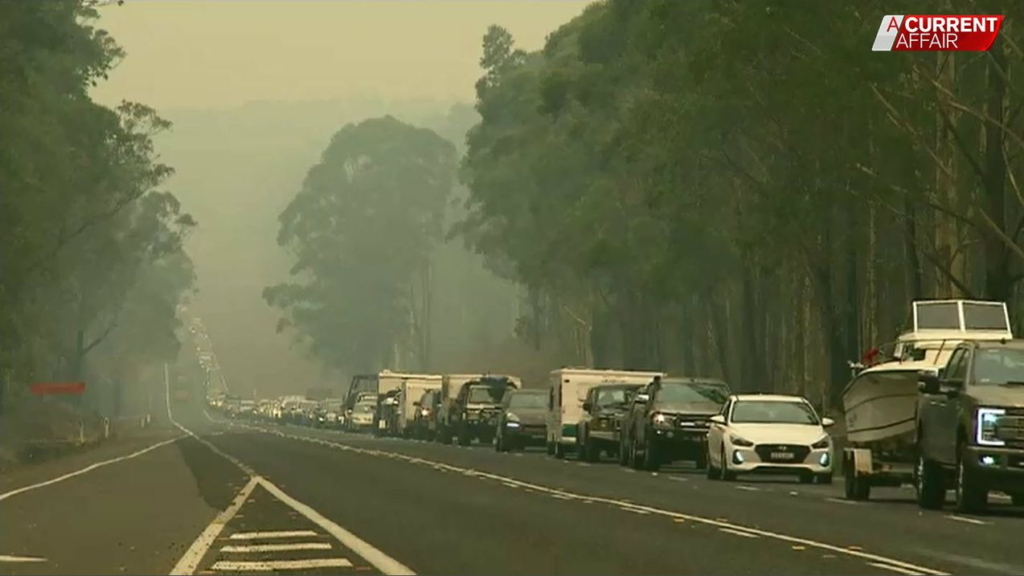
By Ben Smee and Luke Henriques-Gomes
2 January 2020
(The Guardian) – Tens of thousands of people remained stranded on Thursday evening while attempting to flee bushfire-ravaged areas of the south-east Australian coast – having earlier been urged to leave before the return of extreme and dangerous weather conditions.
The mass evacuation of communities in New South Wales and Victoria is among the largest ever emergency movements of people in Australia. The numbers fleeing the bushfire crisis remain unclear, but are expected to compare to the 60,000 people who were flown out of Darwin after Cyclone Tracy in 1974.
Visitors told to flee a vast evacuation area along the NSW south coast reported sitting in gridlock for up to 10 hours after responding to the order to evacuate, as further outbreaks of fire and sheer weight of traffic blocked escape routes north of Ulladulla and near Cooma in the Snowy Mountains.
The prime minister, Scott Morrison, urged people to be patient, as he again deflected criticism about his government’s policies to address the causes of climate change.
“I know you can have kids in the car and there is anxiety and there is stress and the traffic is not moving quickly but the best thing to do – the best thing that helps those out there volunteering, out there trying to restore some order to these situations, is for everyone to be patient,” Morrison said.
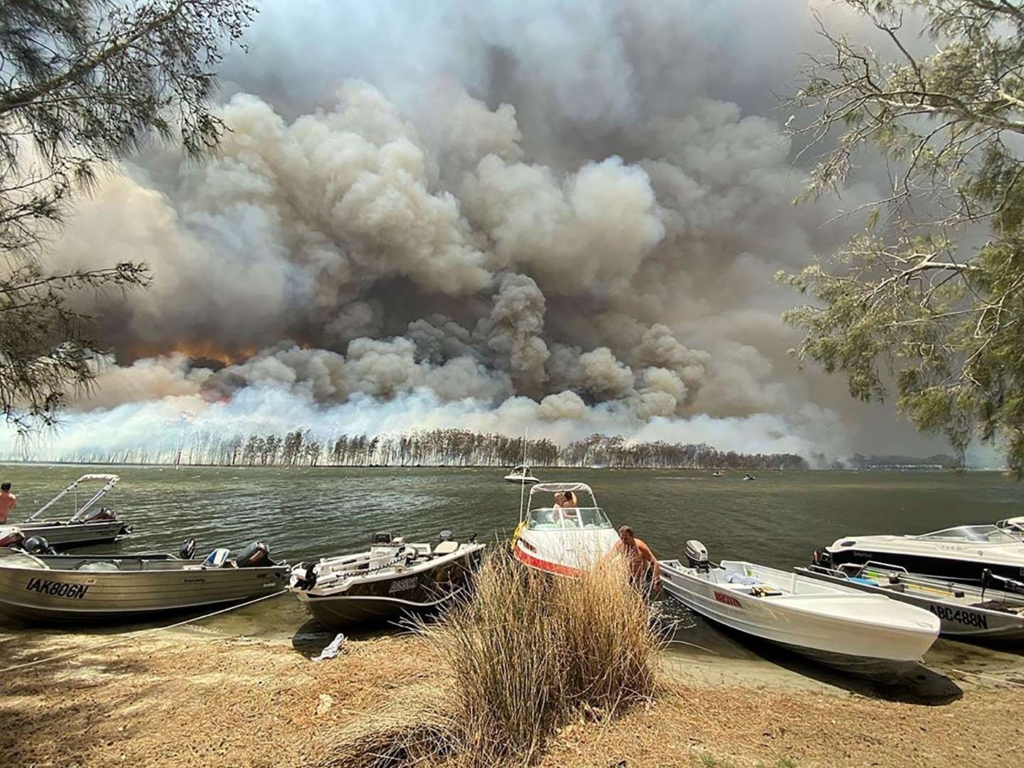
On Thursday afternoon an angry protester told Morrison he should be “ashamed of himself” and that he had “left the country to burn” during a tour of the burnt out town of Cobargo.
Authorities in Victoria hold grave fears for 17 people missing across the state, and advised anyone who could do so to leave fire-affected places in the East Gippsland region. […]
New South Wales has declared a seven-day state of emergency before extreme conditions, including temperatures exceeding 40C, return to the south coast, Snowy Mountains and the outskirts of Sydney on Friday and Saturday.
Evacuation orders were issued to holidaymakers from Batemans Bay to the Victorian border and people were advised that two highway escape routes were opened – north to Sydney along the Princes Highway, and south, via the Monaro Highway, hooking back to Canberra through Cooma. But on Thursday evening both routes were at a standstill as the fire threat lingered, with tailbacks of up to 25km reported.
The northern route was blocked from about midday by a bushfire that closed the Princes Highway. Motorists heading north were advised to delay their trip or take shelter at Ulladulla. The road remained closed about 6pm. Motorists were reported abandoning their cars or heading to the south. […]
NSW Rural Fire Service commissioner Shane Fitzsimmons said conditions on Saturday were forecast to be worse than those on New Year’s Eve.
“Those fires have spread at the absolute worst-case scenario, which typically is not what happens when it plays out on the ground,” Fitzsimmons said.
“The conditions on Saturday are likely to be worse than New Year’s Eve and a lot of those areas in the south-east quadrant of the state have the potential to be impacted and impacted very heavily.” […]
“We have no capacity to contain these fires … the fires are going to do what they are going to do, and people have to get out of that area,” NSW Rural Fire Service deputy commissioner Rob Rogers said. [more]
Australia fires: tens of thousands stranded while attempting to flee
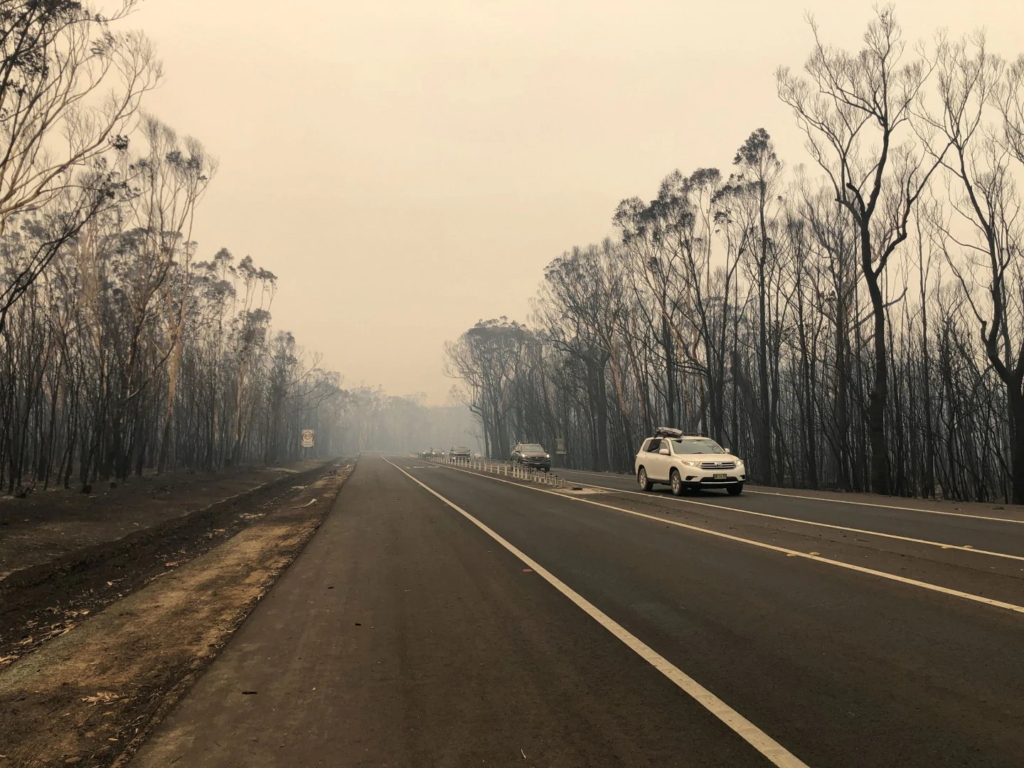
Thousands flee Australia’s coastal towns as raging wildfires close in
By A. Odysseus Patrick
2 January 2020
SANCTUARY POINT, Australia (The Washington Post) – An Australian navy troop carrier was preparing to evacuate up to 4,000 people trapped in a remote region of Victoria state by advancing wildfires that have consumed an area almost the size of West Virginia.
The situation in Mallacoota — a beach town popular with families over the holiday season — is so dire that officials spent Thursday afternoon assessing who would be capable of climbing ladders from small boats to a navy ship anchored offshore, designed to carry 300 soldiers and 23 tanks.
Those unable to climb the ladders and wishing to leave will be flown out by helicopter, although heavy smoke that has reached as far as New Zealand is making flying hazardous.
Some 17 people have been killed since the fires started in October, eight of them this week. At least another 17 are missing, and more than 1,000 homes and buildings have been destroyed.
More than 200 fires are burning in the continent’s southeast, and firefighters fear the worst may be yet to come. Temperatures exceeding 100 degrees Fahrenheit and high winds are forecast for Saturday, which could whip up existing blazes and trigger new fires up to seven miles from the main front. […]

“You can feel it in your eyes. You can feel it in your lungs, and that’s made people even more desperate to get out,” Elias Clure, a journalist in the town, said on the Australian Broadcasting Corp. network.
“It is hell on Earth,” Michelle Roberts, owner of the Croajingolong Cafe, told Reuters.
Farther north, in New South Wales state, the main coastal highway was cut off when a fire that had been under control flared up between the regional centers of Nowra and Ulladulla.
On a cloudless day, smoke reduced visibility on the road to six feet in some places, making driving for the firefighters highly dangerous. Three have died in road accidents in the past few weeks. […]
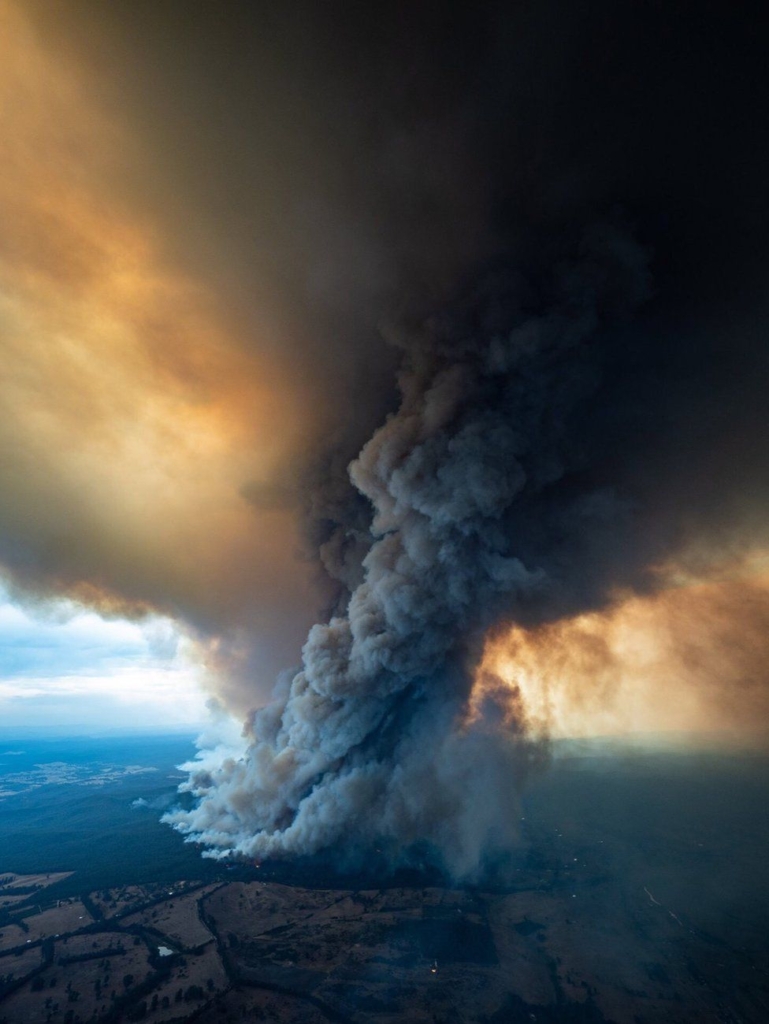
One problem facing those who have lost homes, or fled with few possessions, is Australia’s almost-ubiquitous use of contactless payments. With even landlines down, banks shut and ATMs empty, the cashless economy in some areas seized up, according to fire brigade officials. […]
As a dry continent, Australia has a history of wildfires. But the current crisis and the earlier-than-usual start to the summer fire season have triggered angst over what many perceive to be a tepid response by the Australian government to the threat of climate change. In particular, the government has faced criticism for appearing reluctant to move away from coal, one of the country’s top export earners.
December was among the top two hottest months on record in Australia, while 2019 was the hottest and driest year to date. Climate scientists have tied the severity of the wildfire season overall, along with the extraordinary heat waves this fall and winter, to climate change. [more]
Thousands flee Australia’s coastal towns as raging wildfires close in
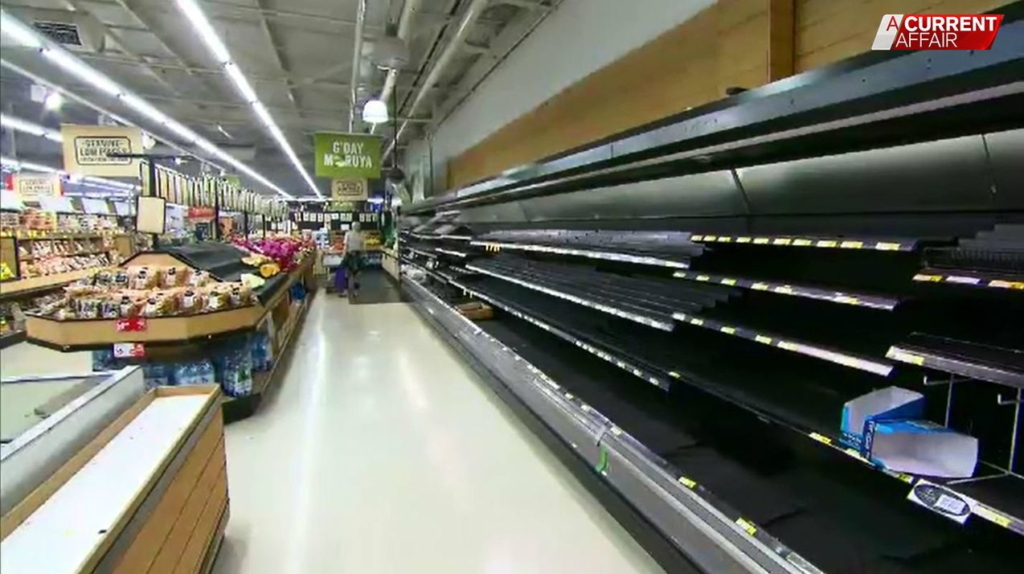
Cash-less evacuees ‘stealing’ from shops with ATMs down
2 January 2020 (A Current Affair) – A shopkeeper on the New South Wales South Coast says locals are facing “bedlam” as hordes of people jam the roads in a bid to escape the path of the bushfires before the weekend.
With a state of emergency taking hold from tomorrow in NSW, and authorities calling on people to leave affected areas, lawless behaviour is reportedly on the rise.
A number of towns on the South Coast have been cut off for days and are running out of supplies.
“They were stealing from the supermarket because they had to feed the family and they had no money,” shopkeeper Sue Mazzuoli told A Current Affair.
“People were just panicking, especially the kids, the kids were just really worried.”
Ms Mazzuoli runs a local shop in Sussex Inlet.
She’s told visitors to get out of town, because they’re using up resources the locals will need.
“You can’t access petrol, gas ran out, chaos at the supermarket,” she said.
“All the ATMs are down, and the young people these days travel with no money, so they were even more panicked.” [more]

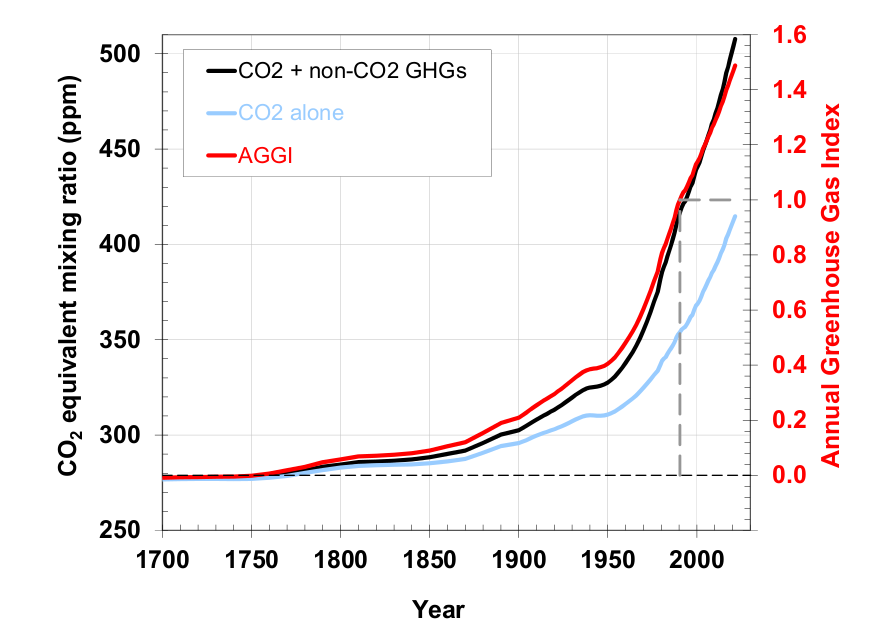
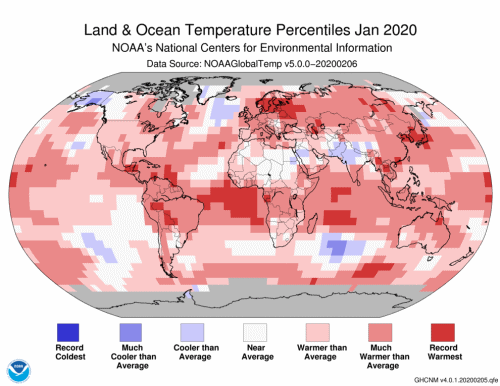
Cash is king. Always use cash. Banksters con people into using plastic cards. Some even advocate for a chip under the skin. This will never work. To hell with the bankers & just use cash.